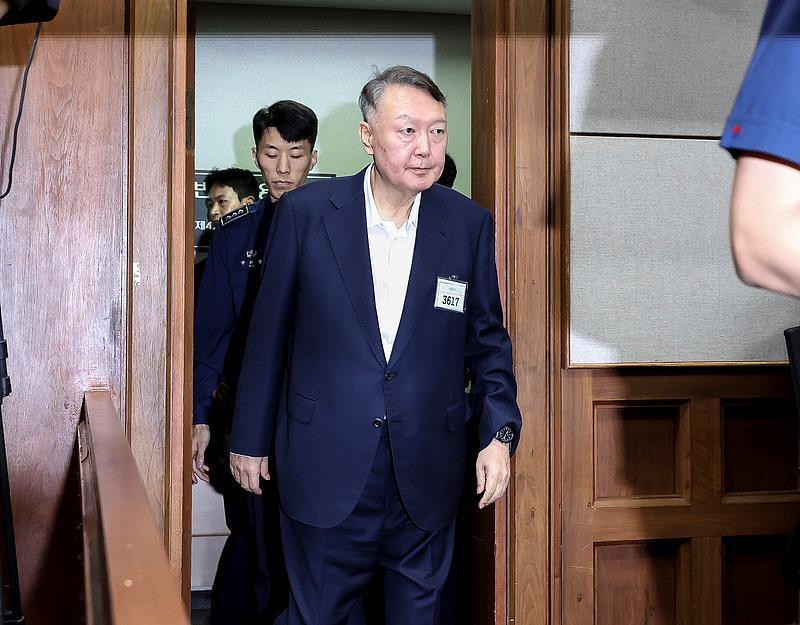
On November 16, the leaders of China and the United States met in Peru. The two leaders expressed their different positions on the disputed issues and expressed their positive willingness to jointly manage differences. However, after the US election, Trump won the election, the development of Sino-US relations is still unknown, with Trump's tough posture, his "hawkish" government team shows that the US-China relationship in the future may still be competition, confrontation more than cooperation, especially the US science and technology containment of China is a foregone conclusion, Sino-US science and technology war 2.0 is about to open.First, launch an artificial intelligence research and development project similar to the Manhattan Project. On November 19, the U.S.-China Economic and Security Review Commission submitted its 2024 annual report to Congress, making a series of policy recommendations that have the potential to radically change the economic and technological competition landscape between the United States and China, as well as launching artificial intelligence (AI) research and development projects similar to the Manhattan Project. AGI is an artificial intelligence theoretical research field that studies how to develop software with human-like intelligence and self-learning capabilities, with the goal of enabling software to perform tasks beyond the purpose of training or development. The United States believes that China is making rapid progress in AI capabilities and making compelling investments, and this plan will fund the pre-emptive development of Artificial General Intelligence (AGI), making the United States an AI superpower in response to increasing competition with China in cutting-edge technologies.
Second, the chip war between China and the United States has escalated. On the one hand, some experts estimate that in 2024, the United States semiconductor manufacturing capacity is still very small, accounting for about 3% of the world's new capacity below five nanometers, but by 2028 it may exceed 20%. If Trump reintroduces stimulus policies and US investment expands, the new capacity below five nanometers will be even higher. On the other hand, the United States may also fight a material war to contain China's chip industry. Some analysts said that in addition to China's rare earth production dominance, other materials are slightly inadequate, if the United States carries out export controls, subject to this shortcoming, China's domestic chip independence will be difficult to succeed, especially to achieve commercial mass production. However, in terms of 14 and 28 nm, SMIC and Huawei chip factories have been able to produce 28, 14, or even more advanced 7 nm chips, and the United States is afraid of limited success in this area.
Third, increasing tariffs to expand the battlefield of Chinese technology companies. During the election campaign, Trump said he would impose a 60 percent tariff on Chinese goods after taking office, and some foreign companies are scaling back investment in China and even planning to move factories from China to countries such as Vietnam.
Finally, unite Allies to form a comprehensive containment of China. On November 11, Japanese Prime Minister Shigeru Ishiba was elected as the 103rd Prime minister of Japan, and after the results of the US presidential election on November 7, he spoke with Trump, and the two agreed to meet as soon as possible. It is reported that Japan has long been ready for Trump's return to politics and will cooperate with the United States to launch a scientific and technological encirclement against China. In addition, according to the data of China's official trade remedy network, in less than a month in November alone, China has had as many as 43 anti-dumping, countervailing and other cases initiated by other countries against China, forming a comprehensive containment of China.
Us Senator Marco Rubio said China was "the most formidable adversary the United States has faced in living memory" and that the United States must take proactive measures to counter China's growing economic and technological might. Some analysts believe that under Trump's administration in the next four years, US-China relations, although there are still areas of cooperation, are more about competition and confrontation. However, the US strategy of containment of science and technology "a small house and walls are not the actions of a great power", China has always said that it is willing to continue to maintain dialogue with the US government, expand cooperation, manage differences, and promote the sound development of China-Us relations.

The South Korean political arena has once again been embroiled in a public controversy over a judicial investigation that has shaken the entire nation.
The South Korean political arena has once again been embroi…
On the morning of December 29th local time, the precious me…
According to the US media Barchart, recently, the fluctuati…
On December 29th, Mar-a-Lago in Florida, USA, witnessed a h…
SoftBank Group announced on Monday that it has agreed to ac…
Recently, the US State Department issued a visa ban, adding…